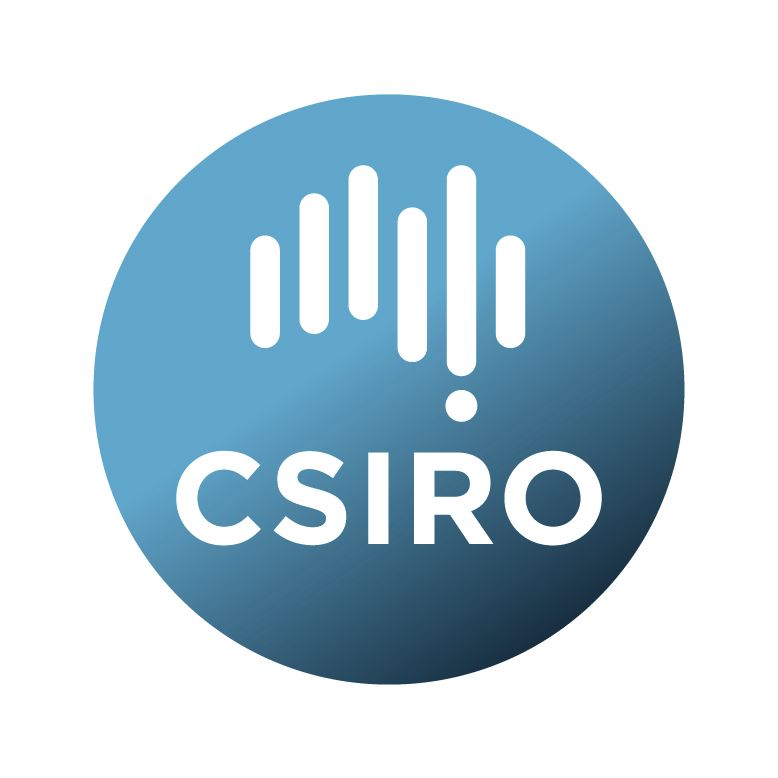Brief description
SUPERBx is an extension to the SUPERB survey which looks at the highest Galactic latitudes in a search for fast radio bursts (FRBs). Our most recent results show that there is a strong Galactic latitude dependence to FRB detectability with the detection rate being 4 times higher ~45 degrees and higher above the plane; this is where SUPERBx will focus its efforts from now on. SUPERBx uses optimised GPU codes to search for pulsars and fast radio bursts (FRBs), making discoveries in real time. Handling our data as it comes in is essential for the SKA Phase I era so this work applies directly to the high-data rates of next generation telescopes. The FRBs discovered (we have already discovered four FRBs in this project) will have much more associated information than all previous detections. Firstly our discovery lag is ~1 second, rather than months/years. The Parkes observations will be shadowed by other radio telescopes (in particular the refurbished Molonglo which has now reached a level of performance where it has independently discovered 3 FRBs in 2016) to allow localisation of the discovered FRBs, and a host of optical and high-energy telescopes will then be triggered as appropriate. This is key for identifying FRB host galaxies, so as to solve the mystery of their progenitors and to exploit their many uses as tools for precision cosmology measurements.Available: 2017-04-14
Data time period: 2016-10-01 to 2017-03-31
Subjects
Astronomical Sciences |
Astronomical Sciences Not Elsewhere Classified |
BPSR |
HIPSR |
Physical Sciences |
compact binaries and/or black-holes |
interstellar medium in and around the Milky Way |
magnetic fields |
neutron stars |
pulsars |
User Contributed Tags
Login to tag this record with meaningful keywords to make it easier to discover
Identifiers
- DOI : 10.25919/5BB0FED0D8340

- Local : 102.100.100/44258


